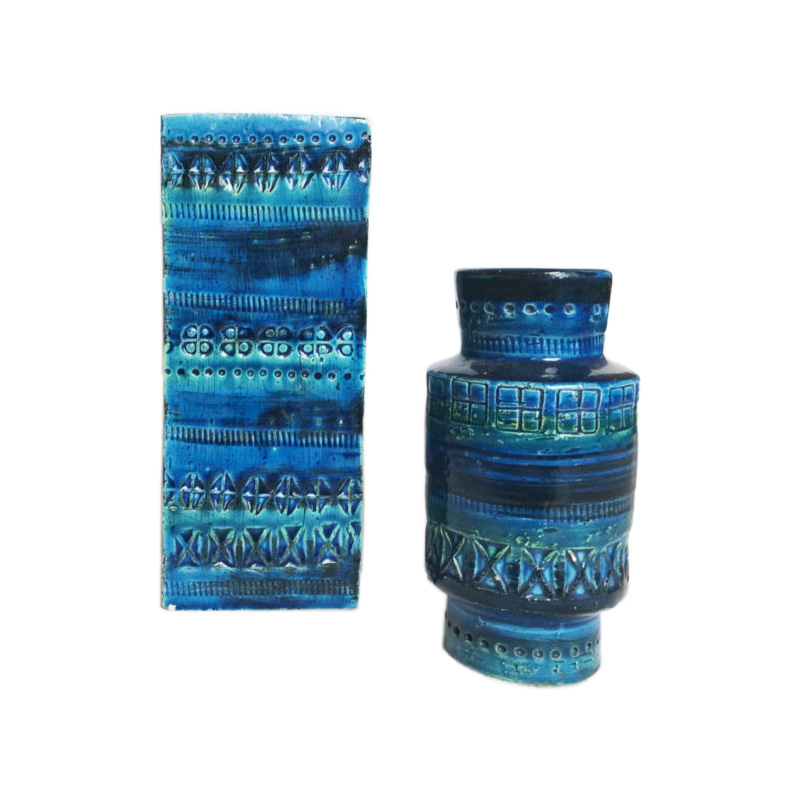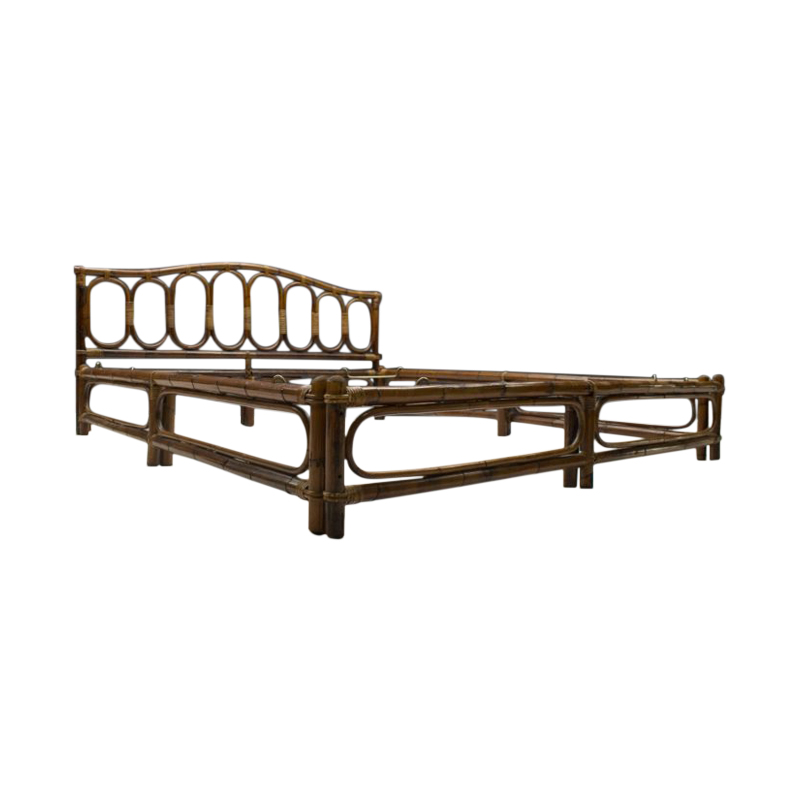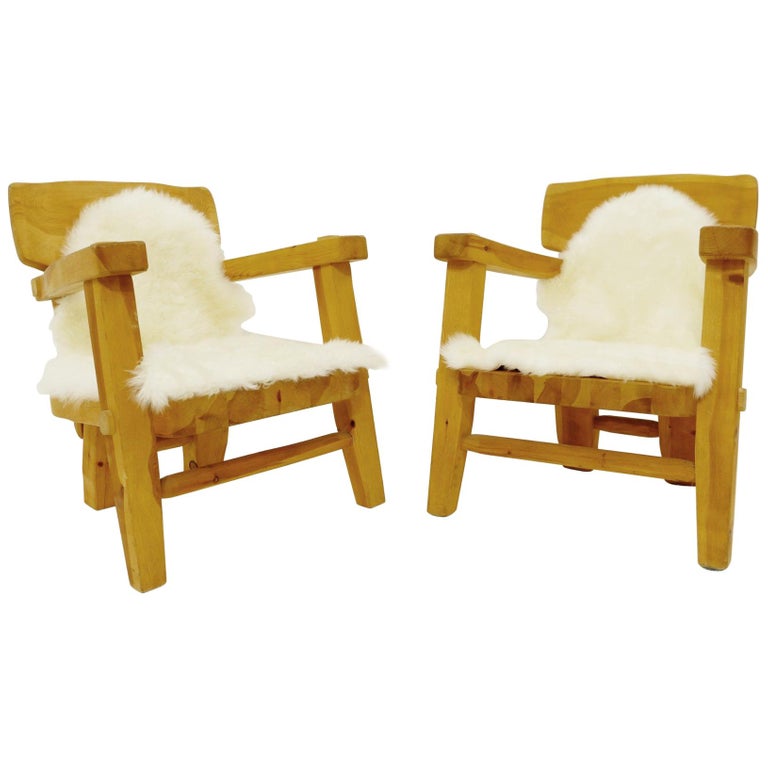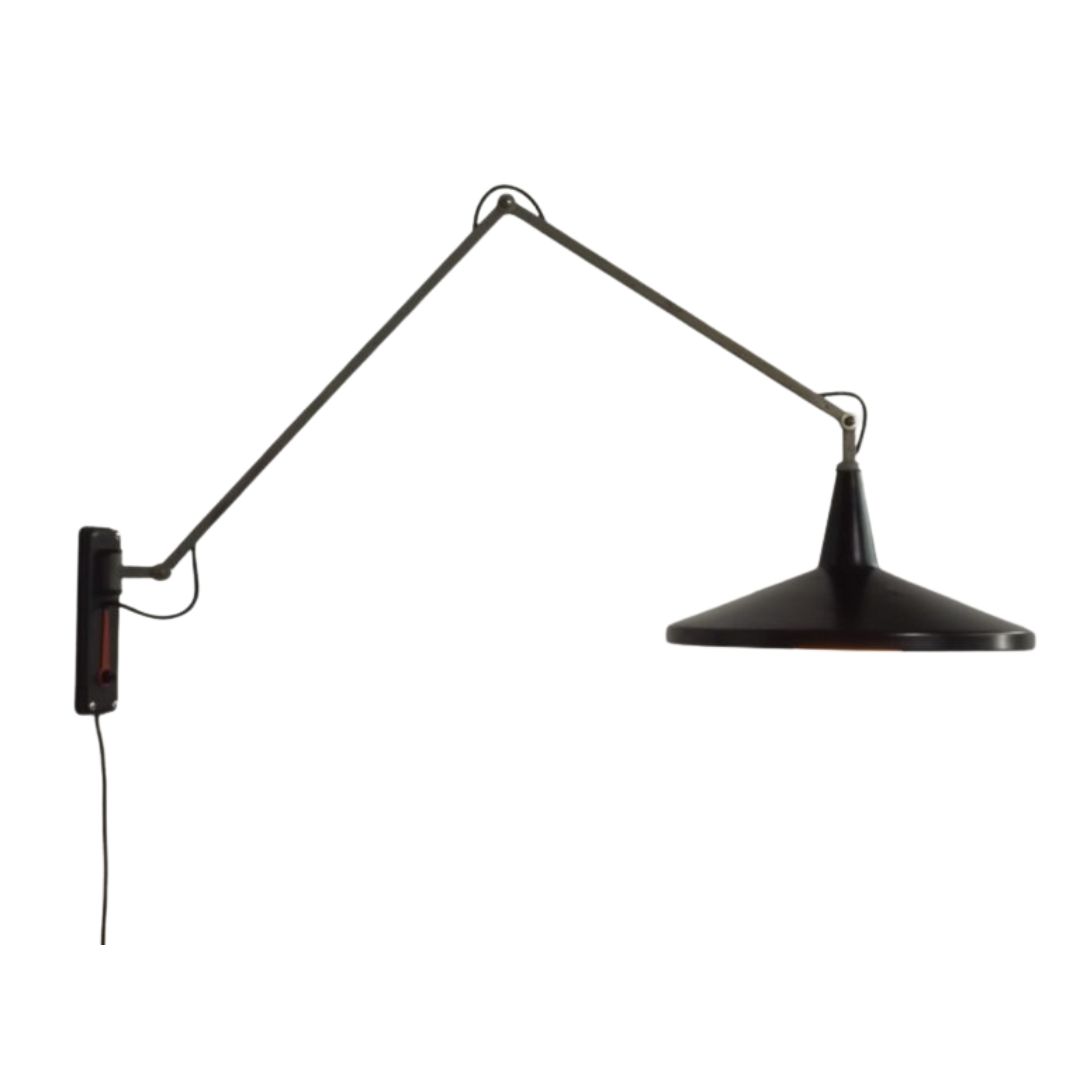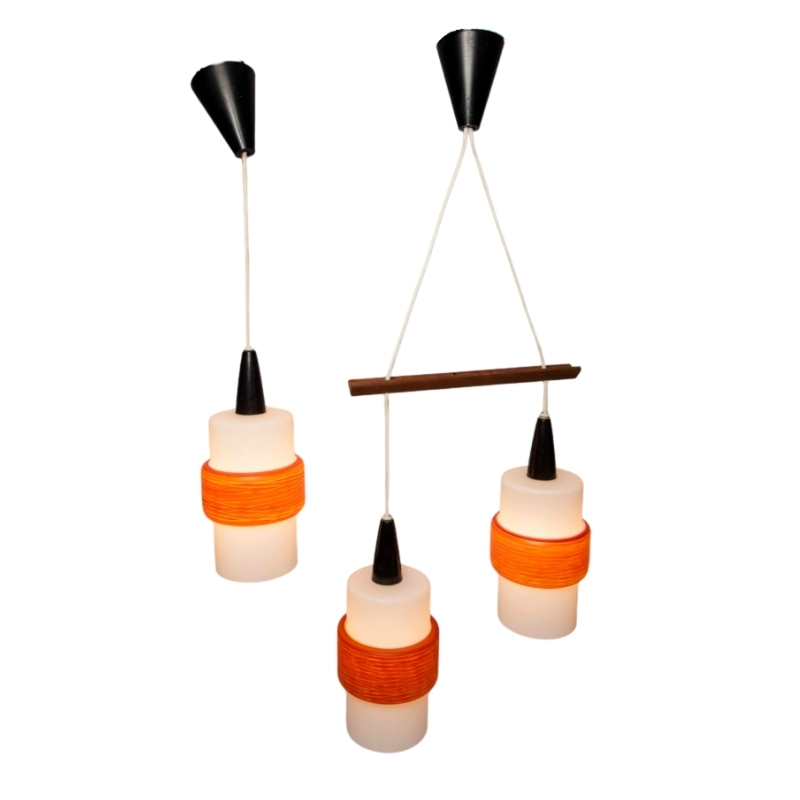I've been meaning to bring this up for some time now. Over the years, I've seen a fair few Zenith shells. At some point I noticed a small recessed circle in the deepest part of the seat of one I'd been sitting on for a while, obviously factory. When the shell is clean, it's nearly impossible to see without looking for it or the light grazing it just right. Since then, I've made it a point to look for this and have not seen one 1st or 2nd production Zenith that does not carry it. What is the point of this? Anyone know?
I just came across a really wonderfull Eames rope edge elephant hide grey chair with the domes of silence.When i was inspecting my new beauty i also saw the circle in the deepest part of the chair. It is really hard to see.Since this post was made in 2009 and not much information was giving i was wondering if someone had more information about this circle. Does it tells something about the date?I suggest because it has the domes of silence the chair is from 1949 to 1952. Does the circle maybe means pre-production? Also how can you reconize a pre production chair?
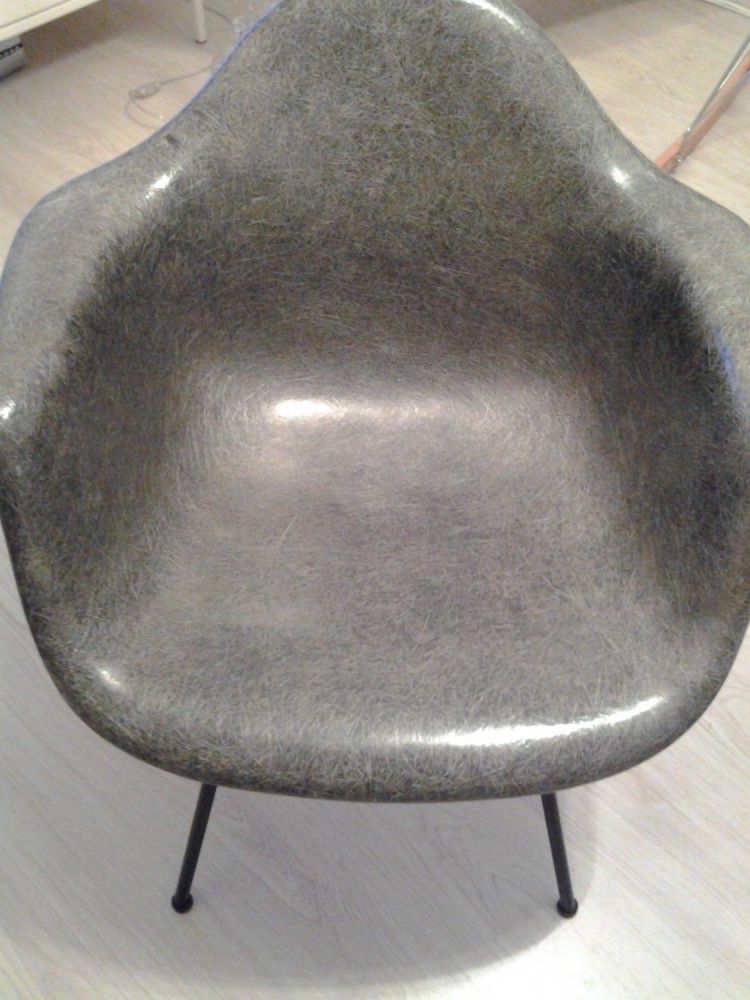
I have definitely seen both 1st and 2nd generation armshells with and without this fabrication mark.
Frequency wise, it seems about half and half on the rope shells, and roughly the same (or possibly a little bit less often seen) on the Venice 2nd generation shells.
So as far as dating goes, it is hard to use this mark to further refine what you already know about the date of your chair.
What really makes me laugh is the story that was circulating among more than a few sellers on ebay awhile back that the dime-sized mark was from a an actual dime placed in the mold press. Pretty ridiculous!
It is obviously far too subtle and consistent to be anything but a fabrication mark.
I would love to hear any other info or guesses anyone has about this mark.
YET ANOTHER unsolved forensic mystery about the early Eames armshell.
Tktoo, good point, and I think you are very likely correct. That had crossed my mind also.
Is it already known how many presses existed? At least early on? I recall hearing something about "THE original press" or "the two original presses" in the Modernica context, but cant remember for sure.
So like you say, perhaps it was just a fabrication mark caused by one of very few (maybe only two?) early presses that was so subtle that they didnt bother to change or retire the one with that mark.
It might even be a way to begin to count the number of presses, or "prove" how many there were as more information (redundancies) comes to light.
My sample size is only about 25 - 30 of the earlier ones, but that's already enough to get a feel for it I think.
LATE ADD EDIT: After further review, I have to say that more than 50 per cent do have the fabrication mark. I cant get at all of my shells easily at the moment, but I will check further. I do specifically recall checking for that mark before (because it bugged me too much) and I did indeed come up with a few early shells without it.
But for now, it looks like more early shells have the mark than dont.
I'm not as familiar with the fiberglass molding process as I am the plastic injection molding process. These kinds of marks are often seen when there is an interchangeable insert in the steel mold.
Steel injection molds are very expensive; the insert allows for parts of the mold to be easily changed instead of building a whole new tool. These are often done when parts are very similar but one detail changes (sometimes a logo, the location of a certain hole, details for a different version of the part, etc).
Its impossible to get these inserts to line up precisely with the rest of the mold. Thus there is a faint "witness line" where the insert is not perfectly aligned with the rest of the mold.
I would be inclined to guess that the mold maker design an insert into this spot to change the logo during the production run. However, it seems like a logo was never added to the insert.
If you need any help, please contact us at – info@designaddict.com



